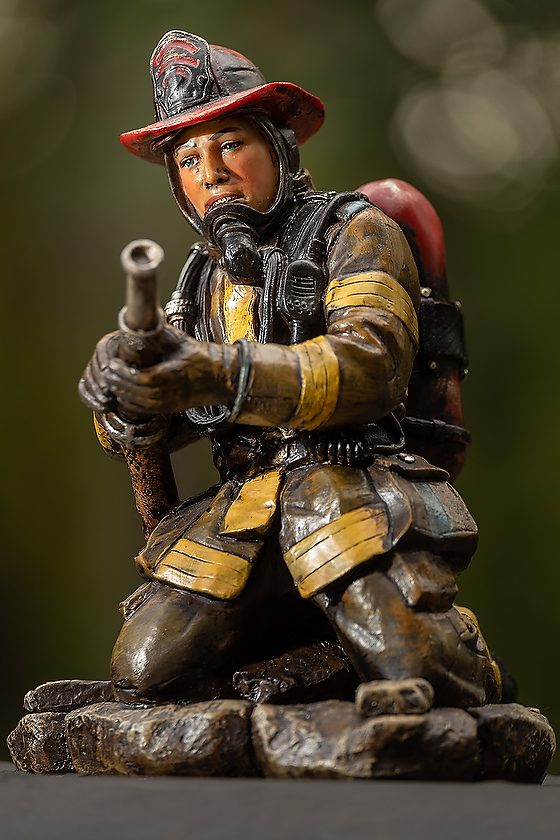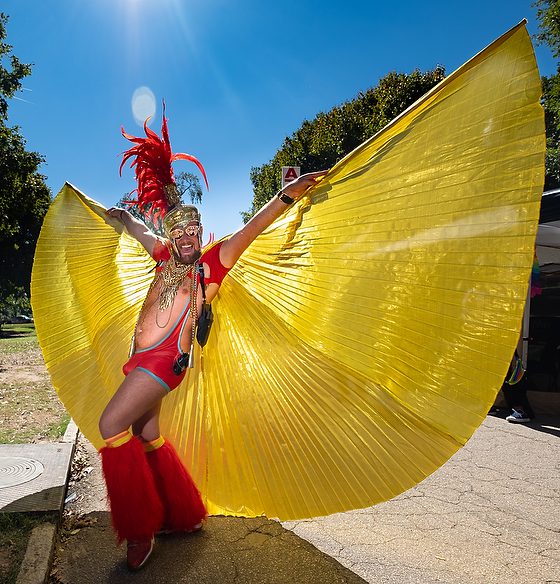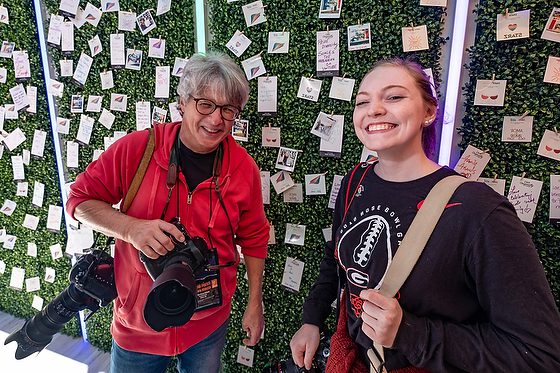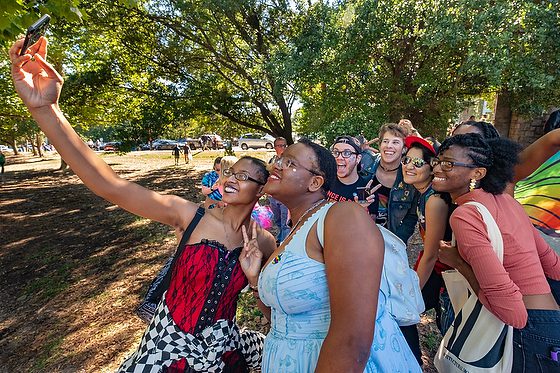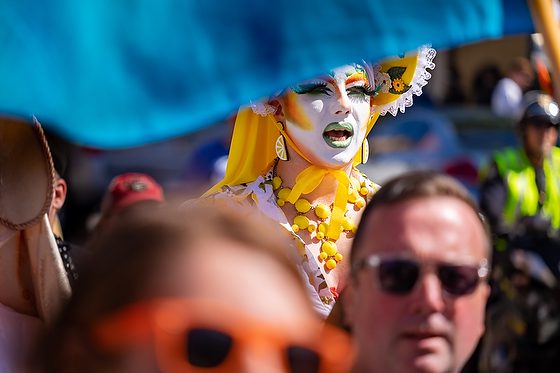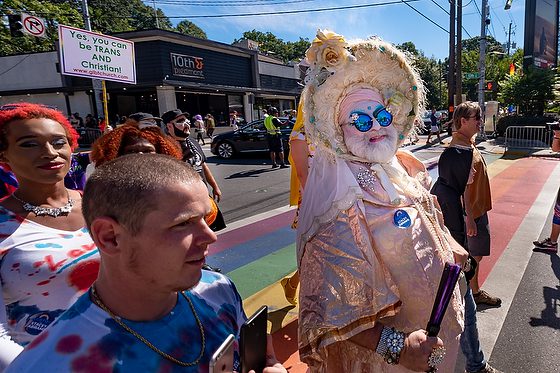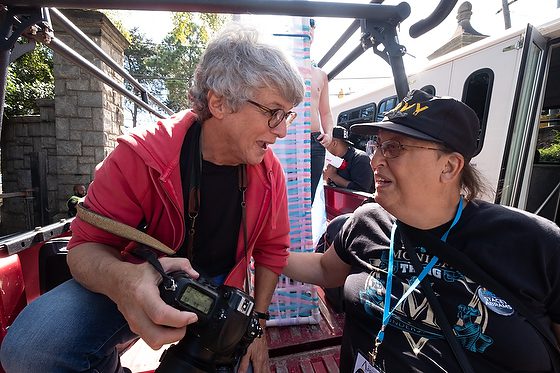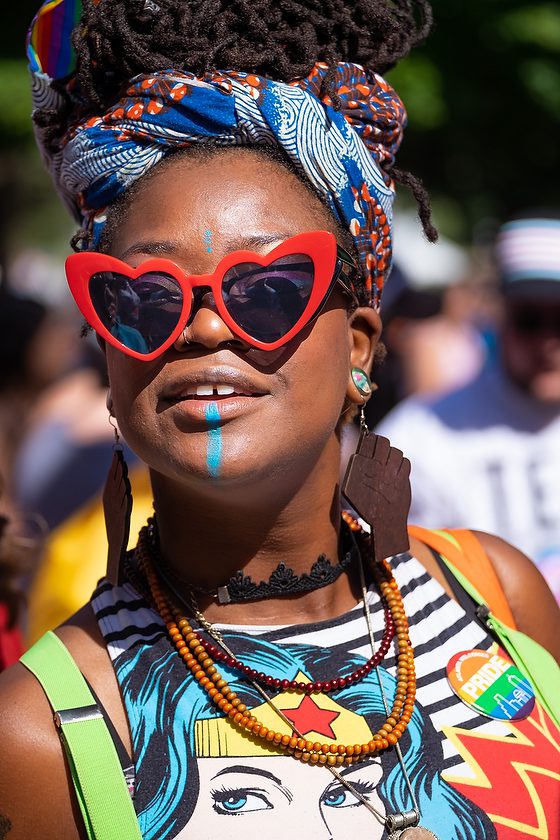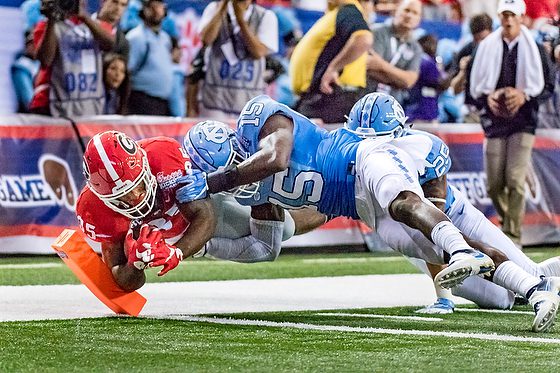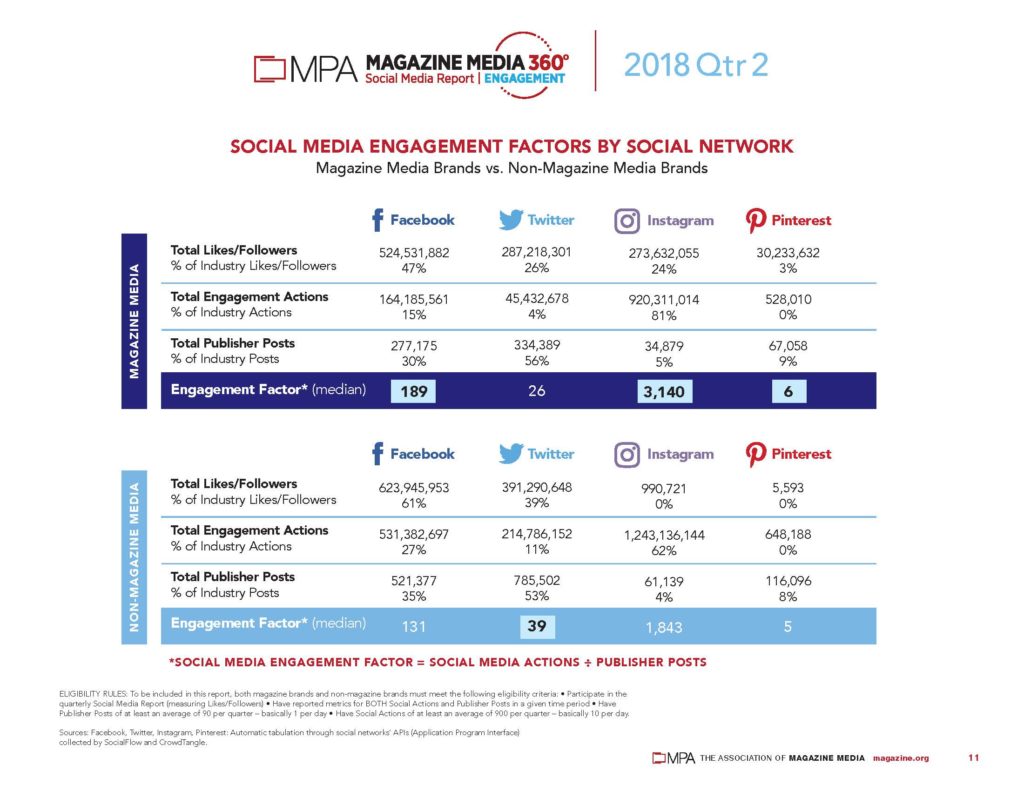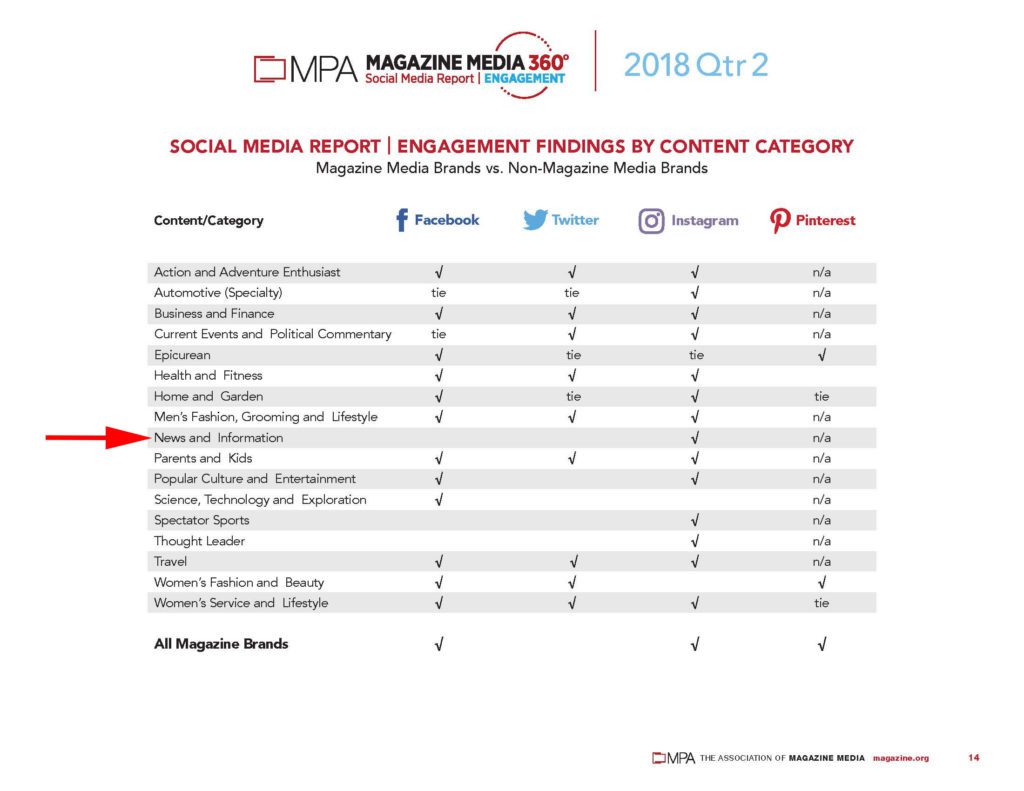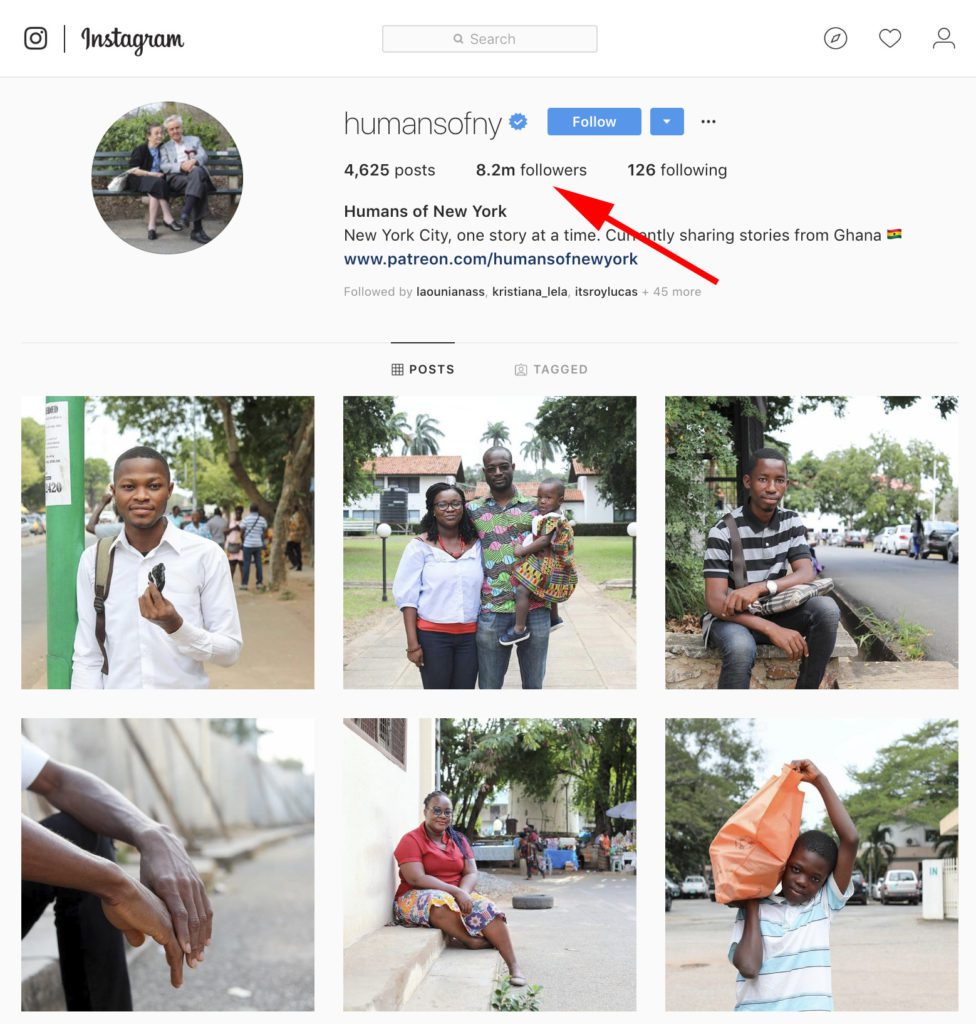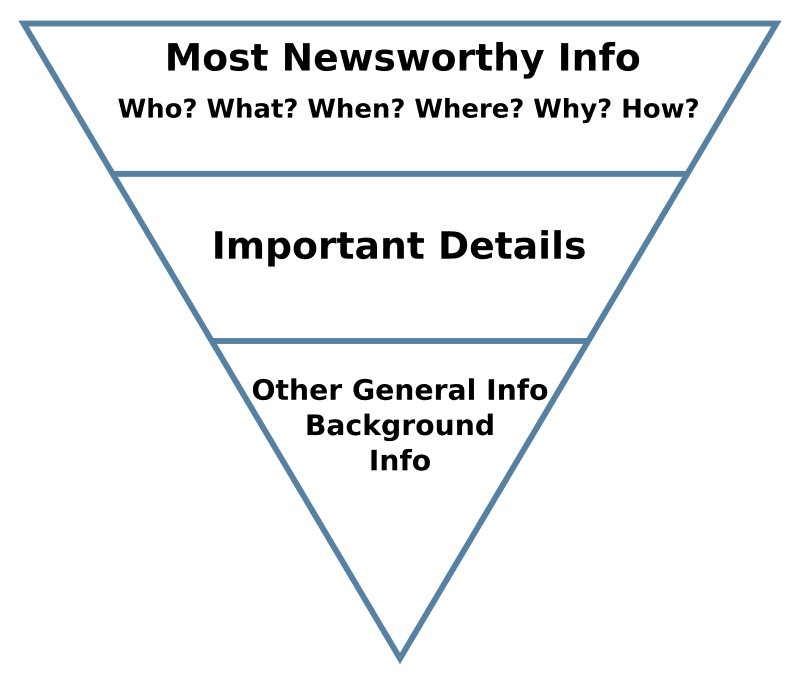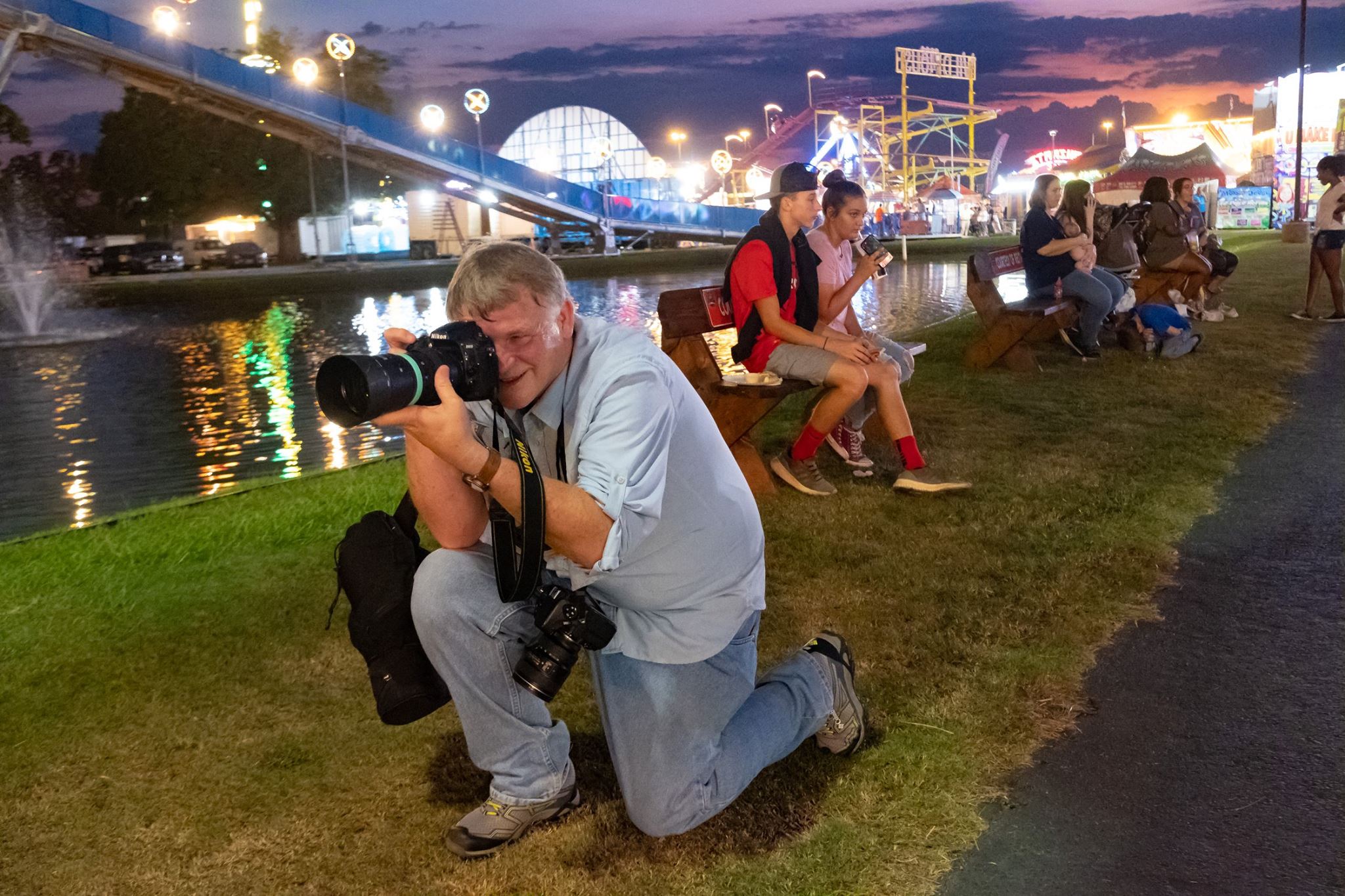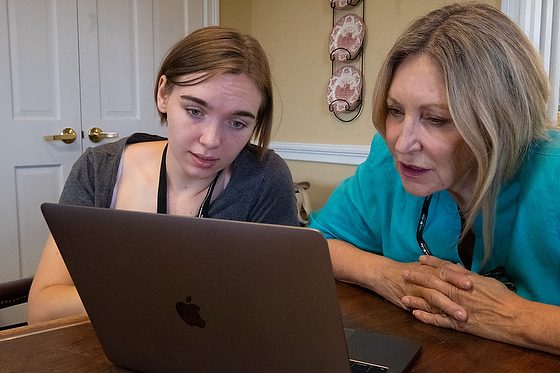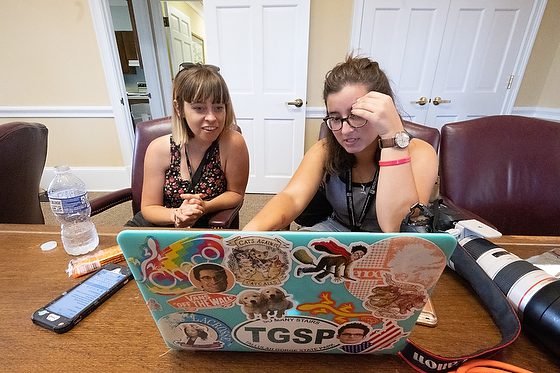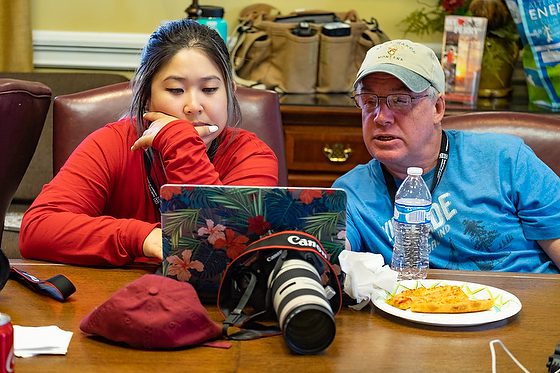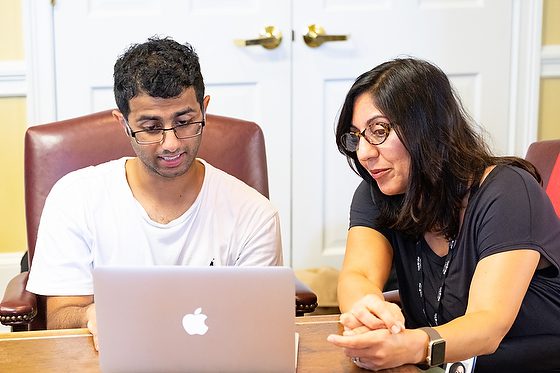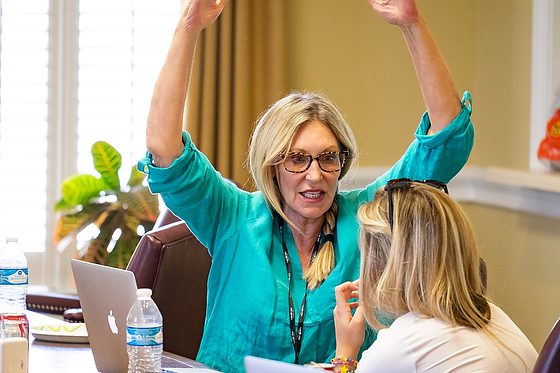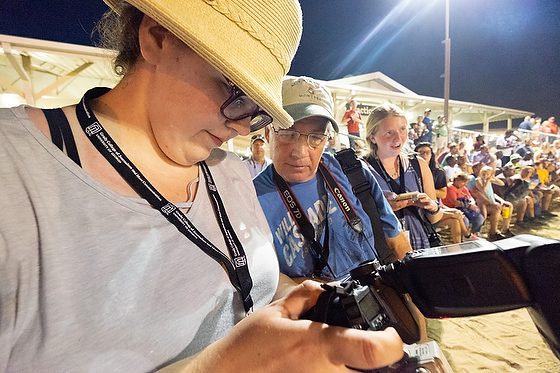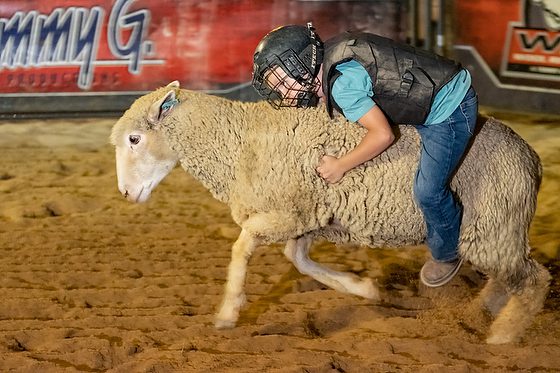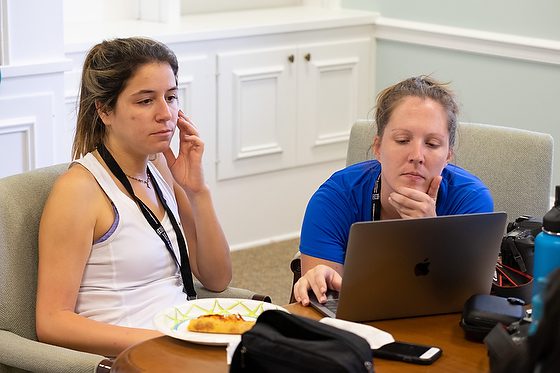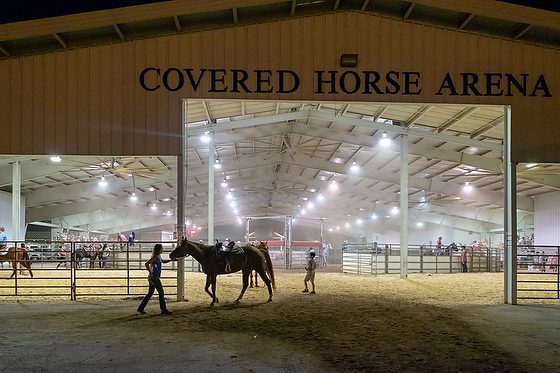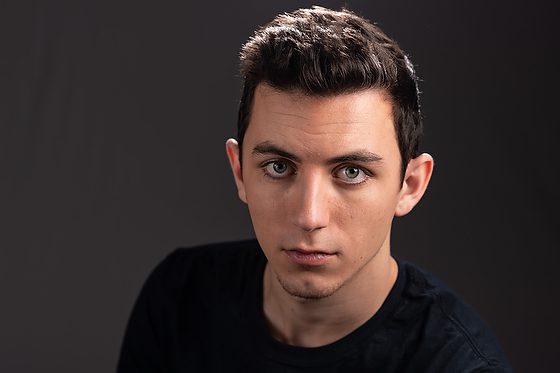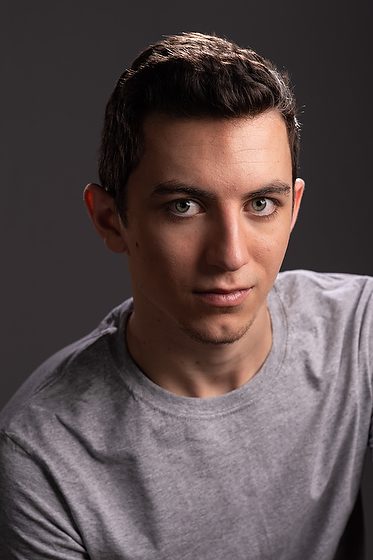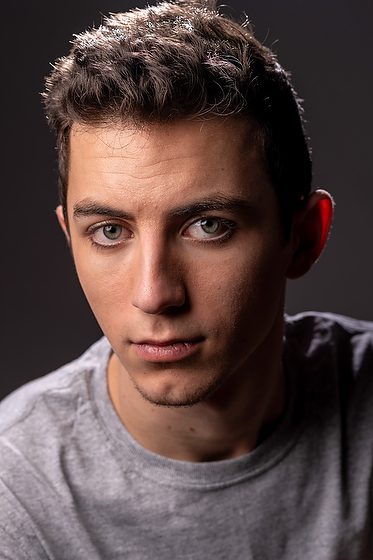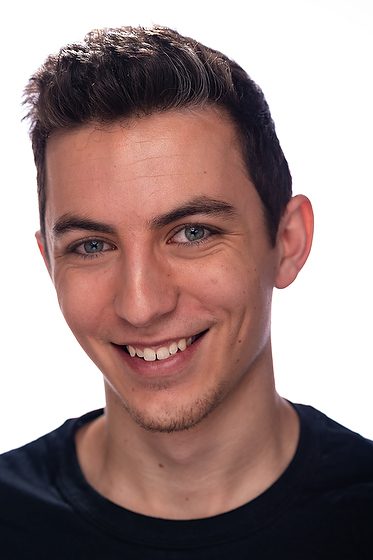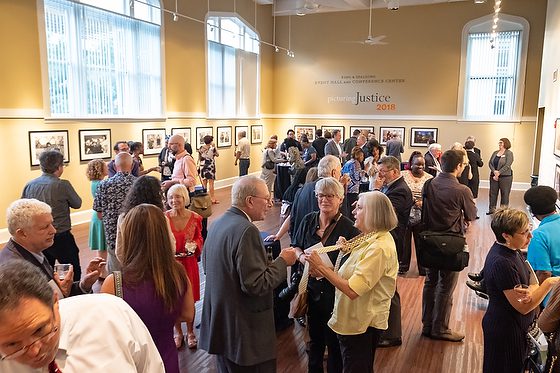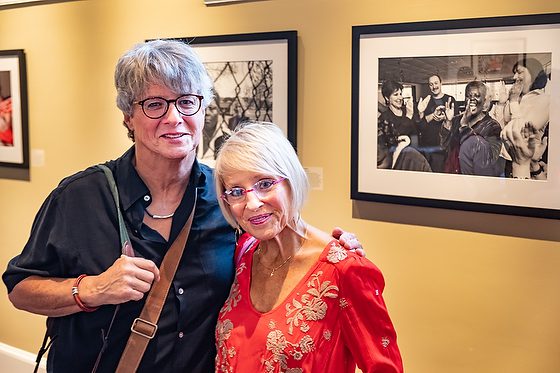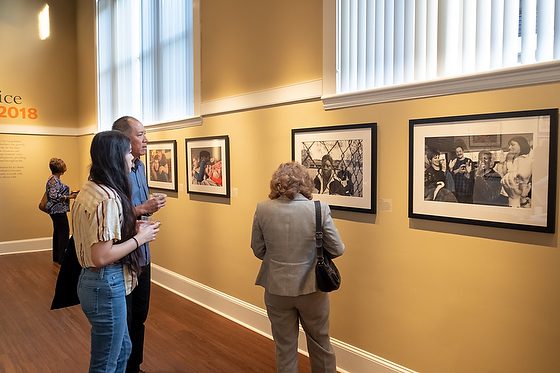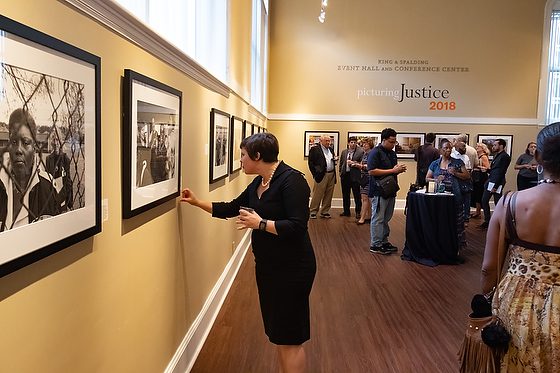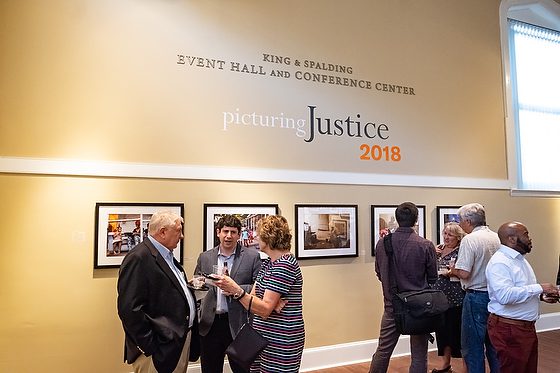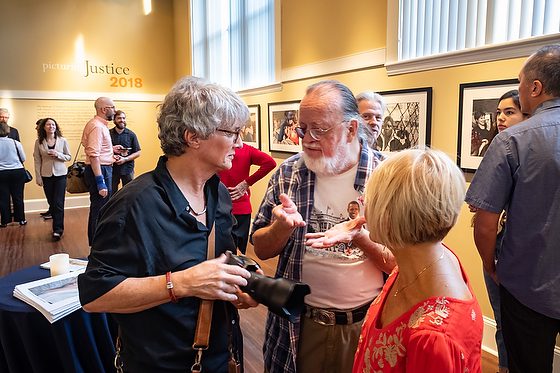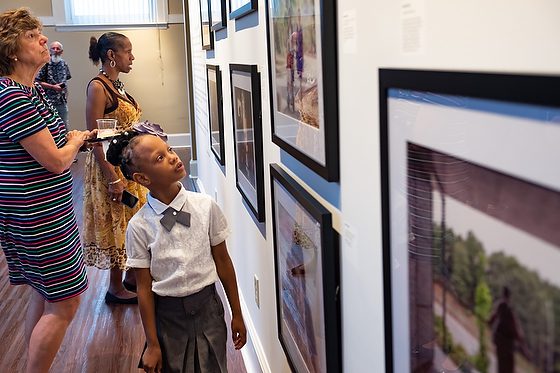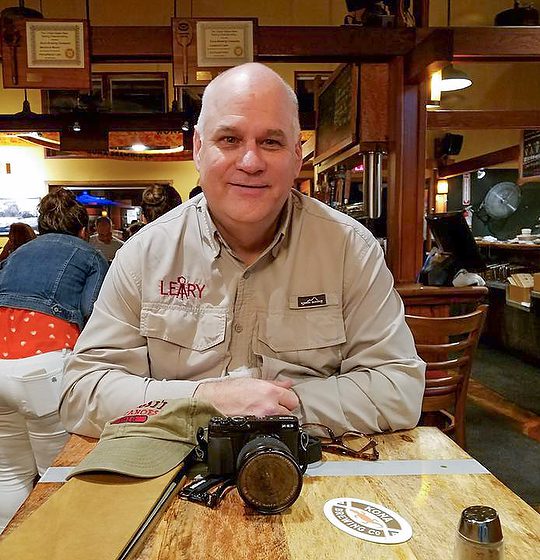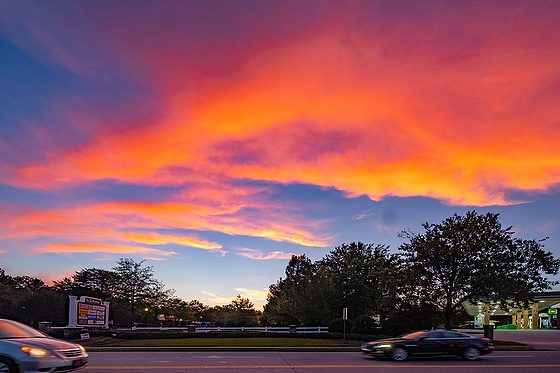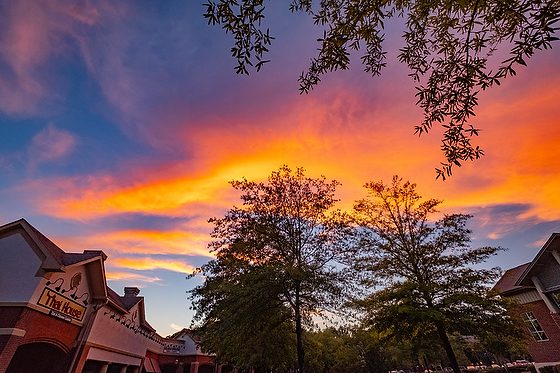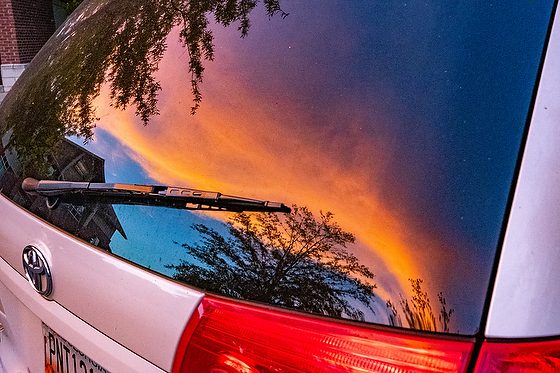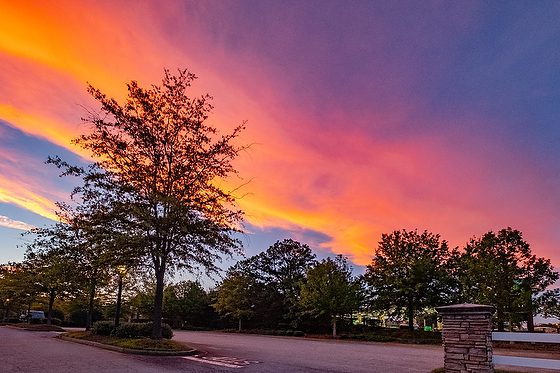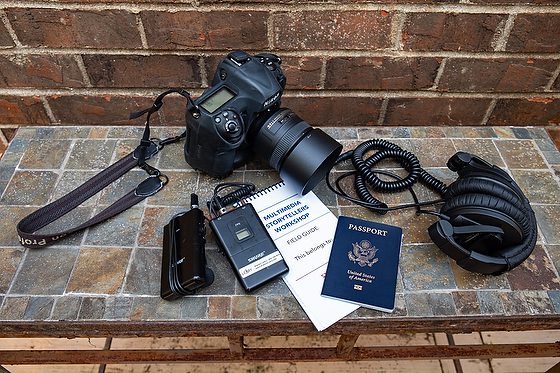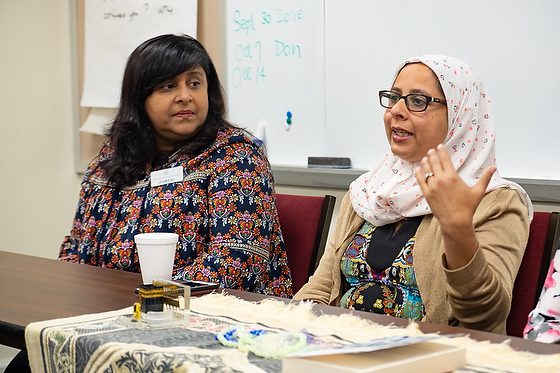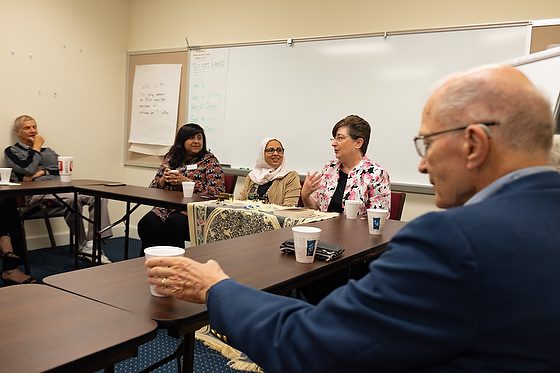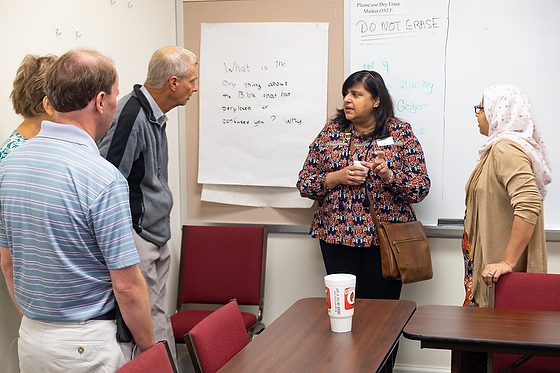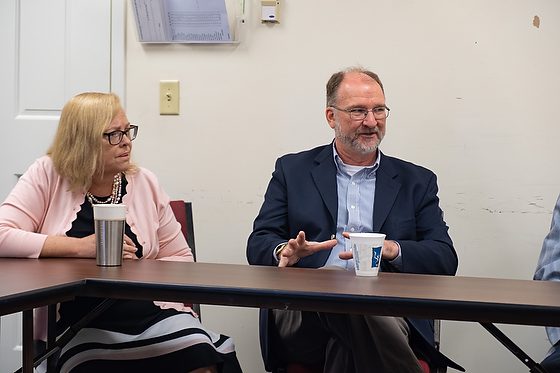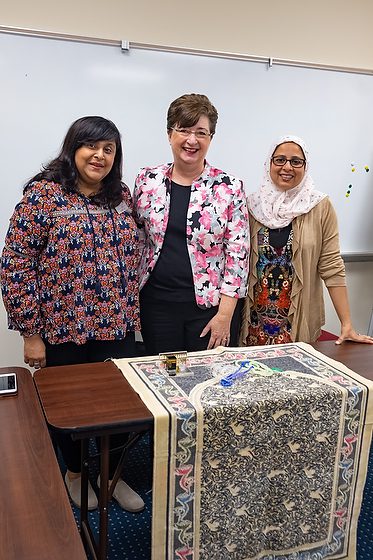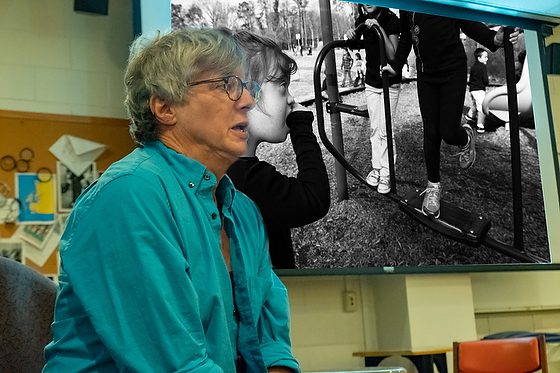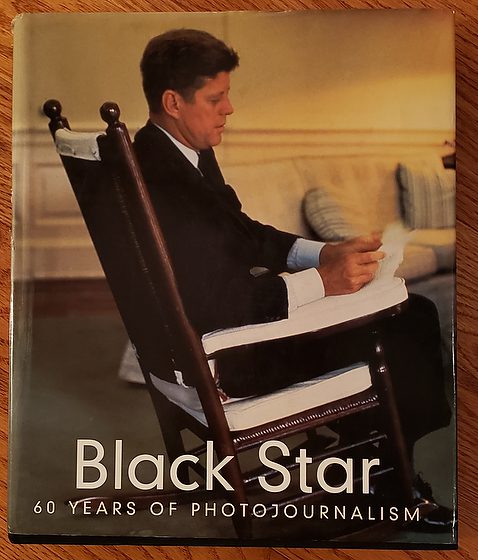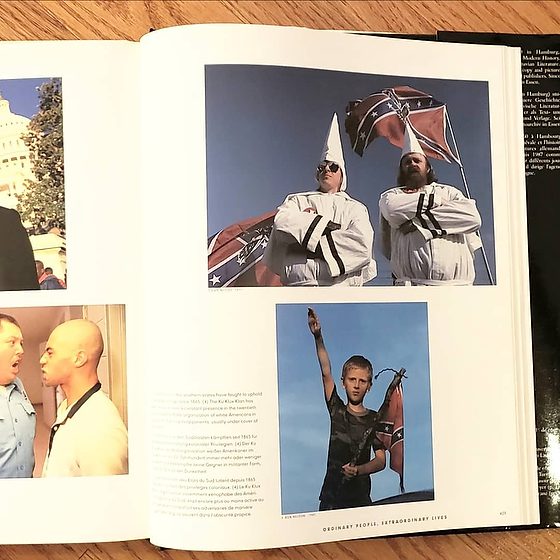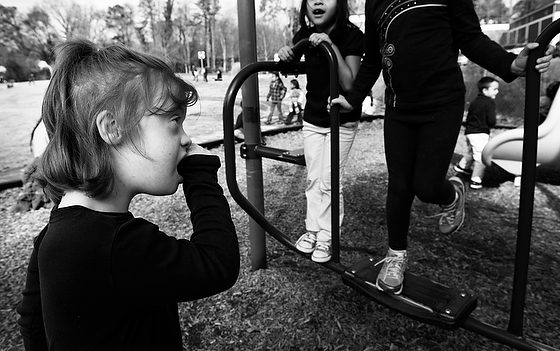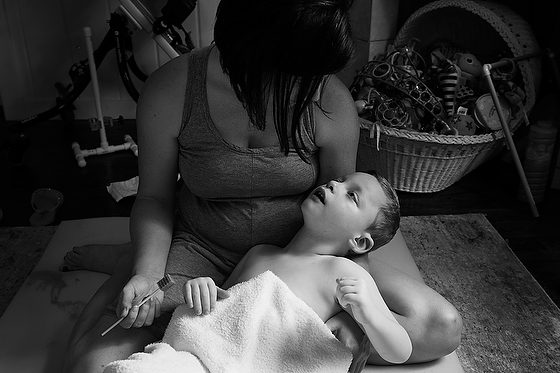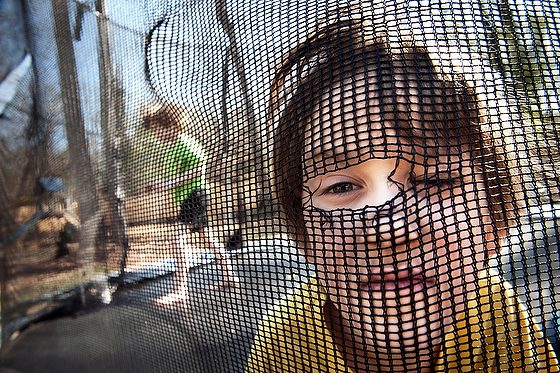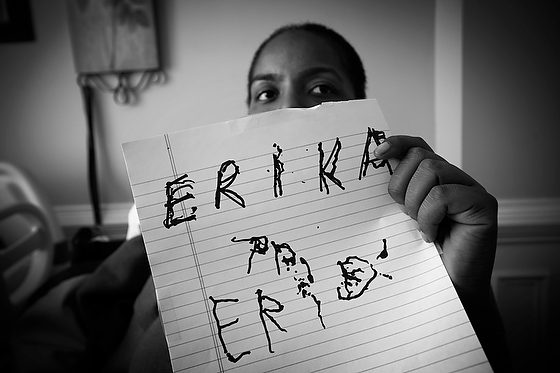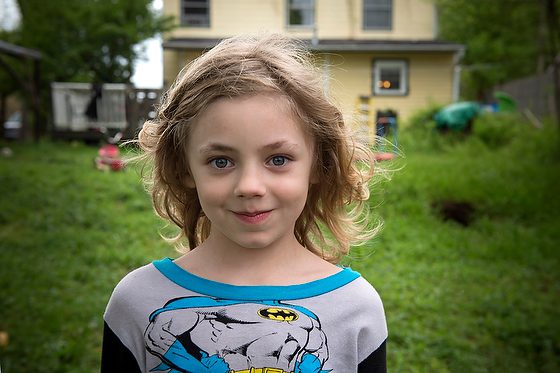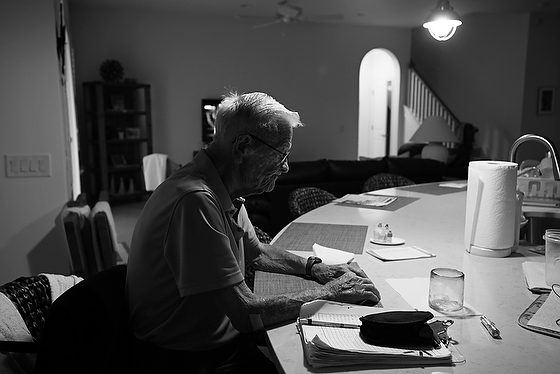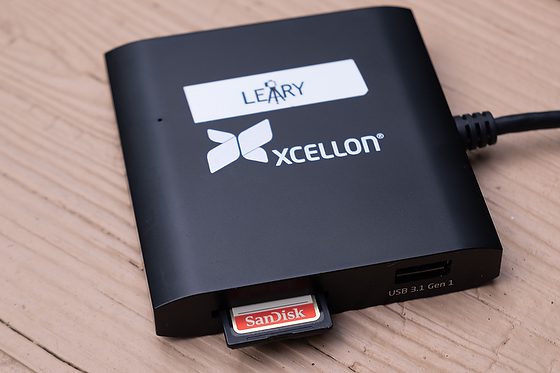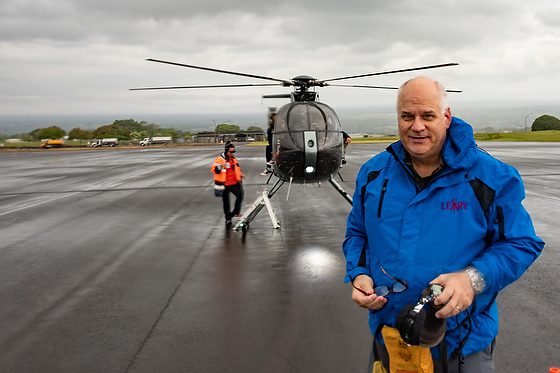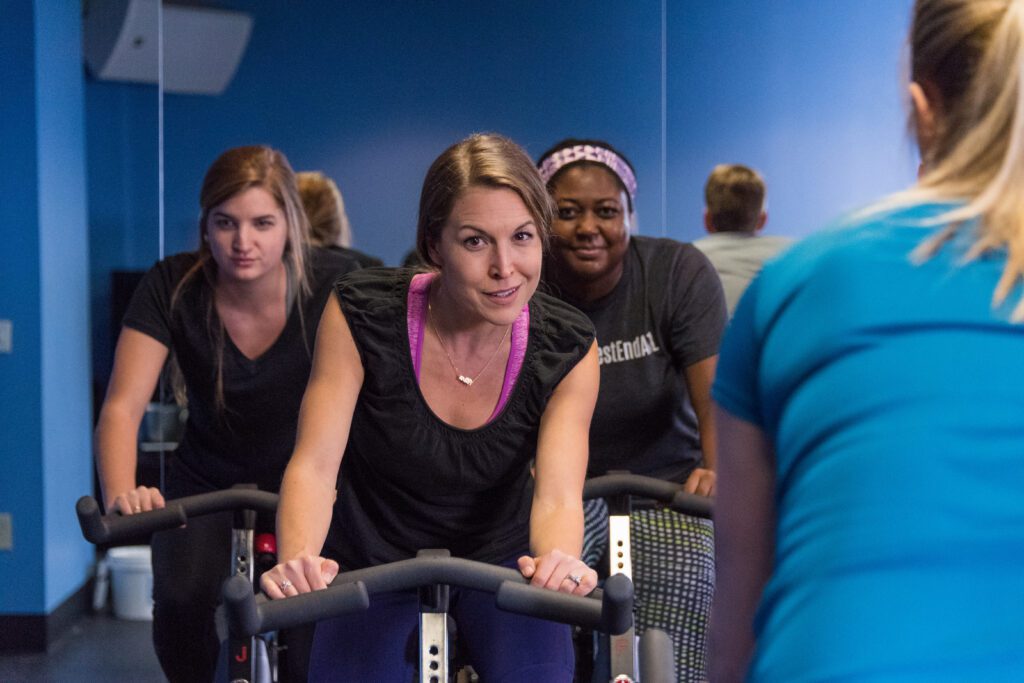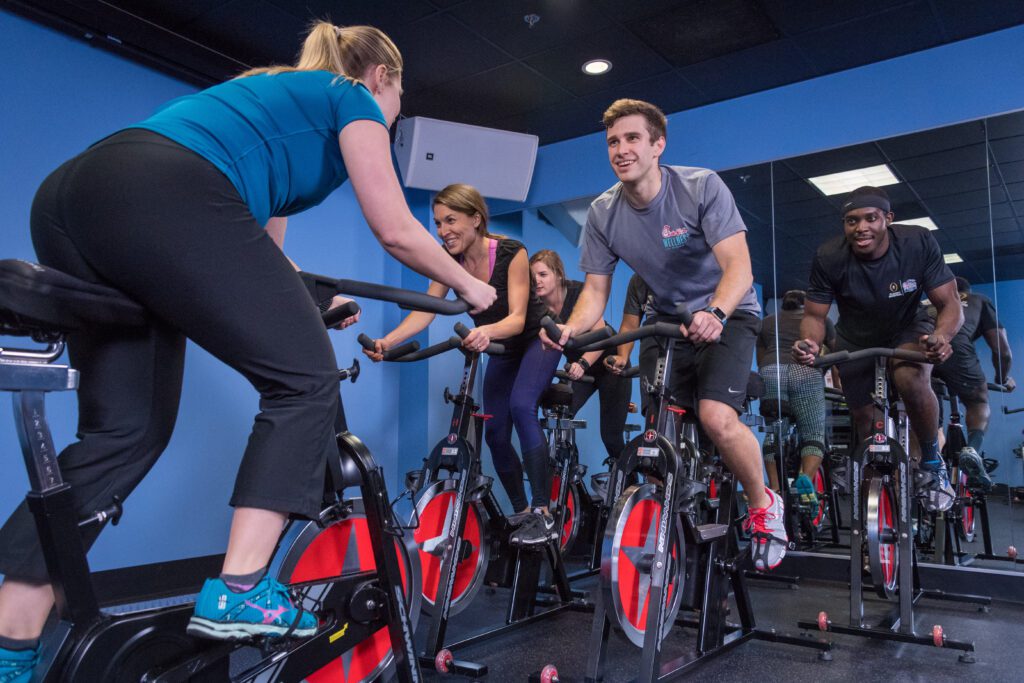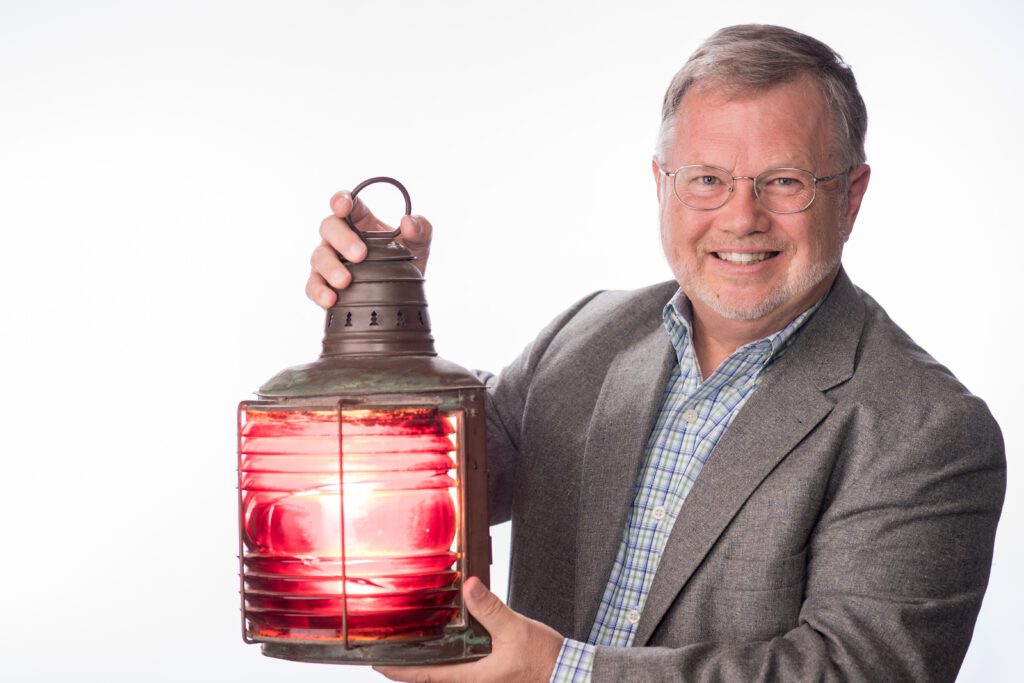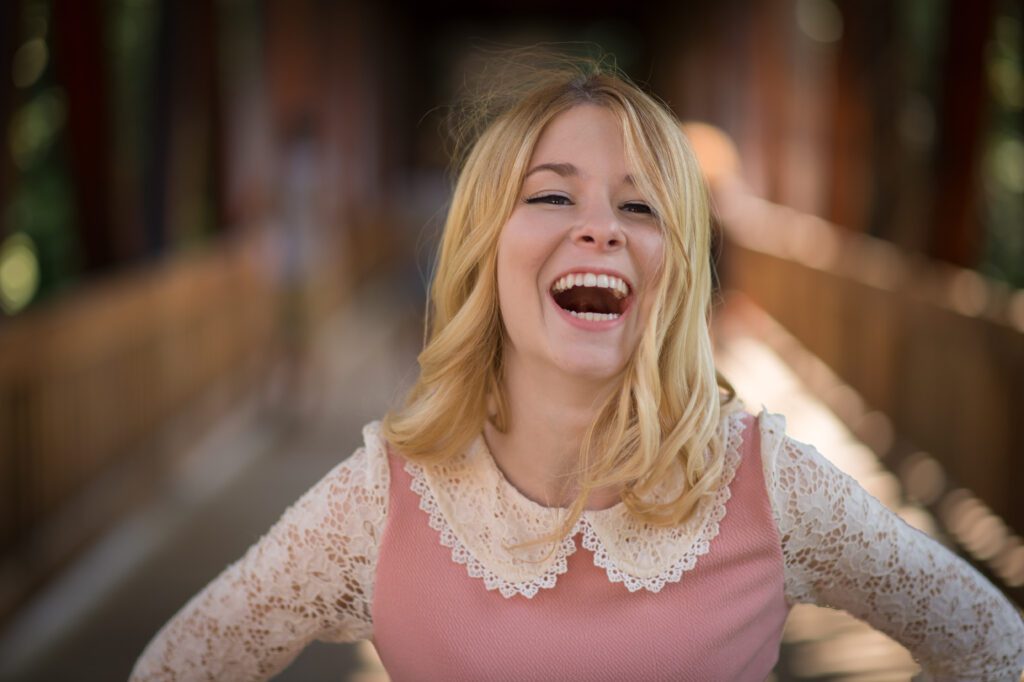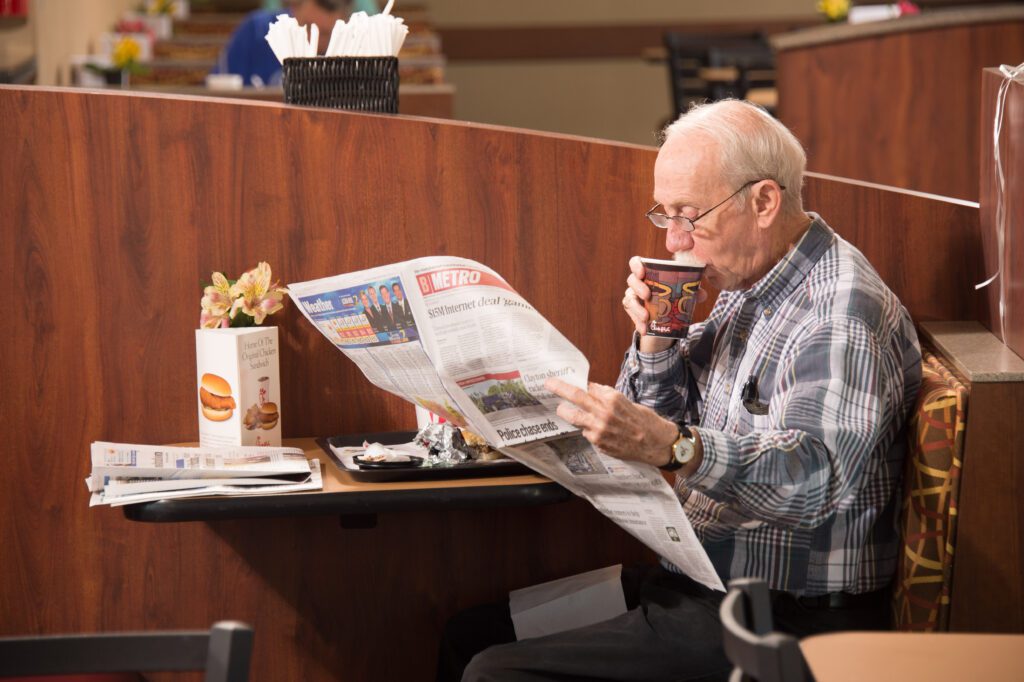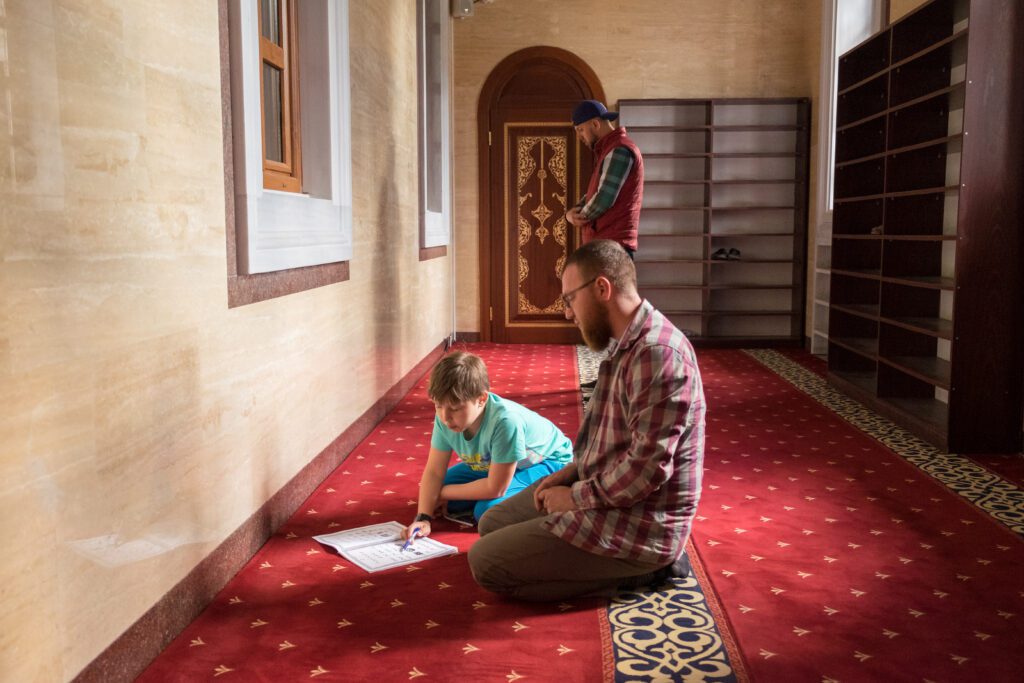“If your pictures aren’t good enough, you aren’t close enough”
– Robert Capa
This year I have been teaching Intro to Photojournalism. This is the first photography course for many of the students.
For many in the class, this is their first time taking pictures for an assignment. For most of the photos look a lot like this photo here.
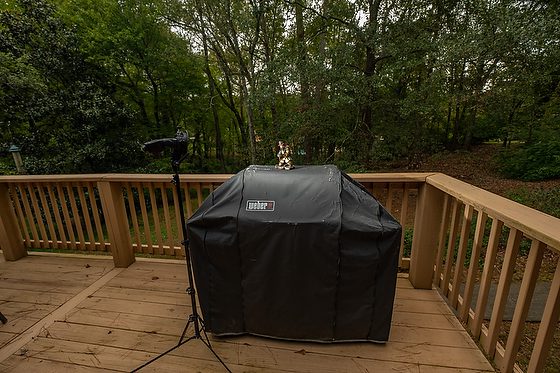
Now, when you and I look at the photo, we see a BBQ Grill. They know the fireman.
I comment on their photo that they need to get closer. So the next round of shots looks more like this photo.
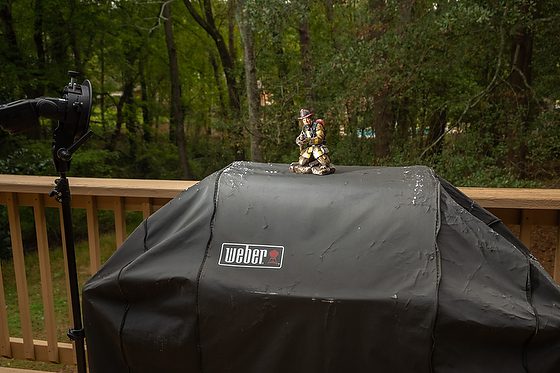
While this is a much-improved photo, my comments are still “Get Closer.”
Then we end up with this photo.
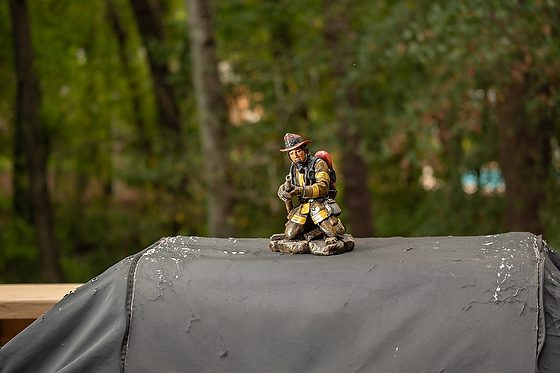
They have now switched to their telephoto lens. They are still not close enough. Again I am saying in my comments to get closer.
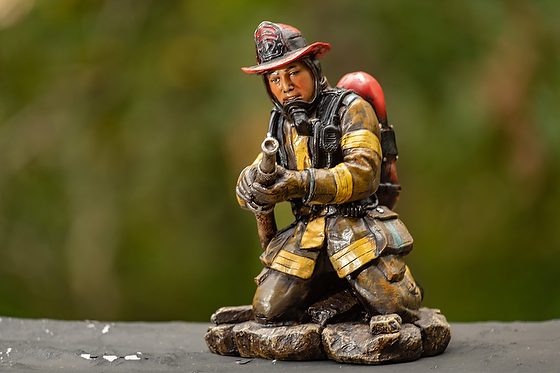
So instead of shooting with their zoom telephoto lens at 55mm, they zoomed in to 200mm.
I talk to them about getting closer with their wide-angle lenses.
This is what I show them and talk more to them about.
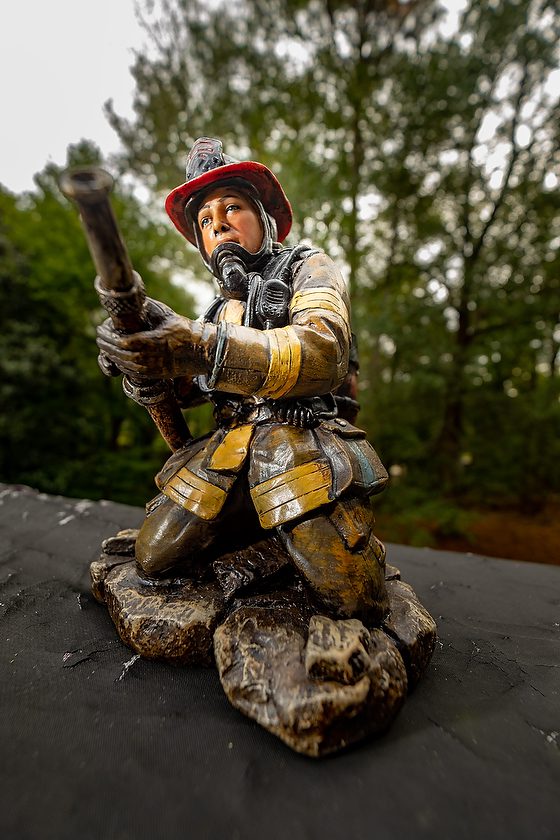
I want them to understand that getting close means moving their feet until they are right next to the subject. You would converse with them from a distance over a cup of coffee.
Why am I afraid of talking to people while at the same time I wish to speak with someone?
For the introvert, you are being held back because you are worried about being judged or don’t know what to say or … well, for any reason. Here is an insight that you need to know. You will discover, without realizing, that people you talk to are worried about the same things you are and feel just as afraid; they just might not show it. You are not alone.
I’m introverted at heart, but that doesn’t mean I have to be shy. The two are pretty different and realizing that shyness is a habit that can be broken was a big first step in understanding that I can develop social skills.
Realize it isn’t all about you. The trick I learned through the years was to focus on the other person. Make them the center of attention.
Instead of hiding behind texting or emails, go down the hall and talk to that person’s face to face.
The ice breaker was calm about having a camera and being on an assignment. Telling them, I am on a project and would love to feature them in a photo and tell their story worked most of the time.
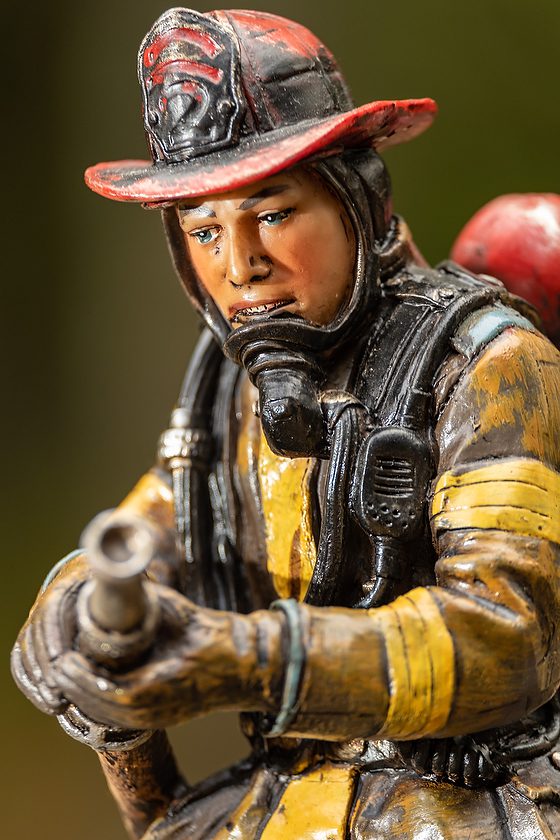
I also learned that once I talked to someone and got to know them, I was now “Close Enough” to shoot with a wide-angle lens, and the photos were much better.
I would then take photos with those wider lenses and slowly move back to shooting with a moderate telephoto lens. For my full-frame Nikon D5, that go-to lens is the Nikon 85mm ƒ/1.8 lens for a portrait.
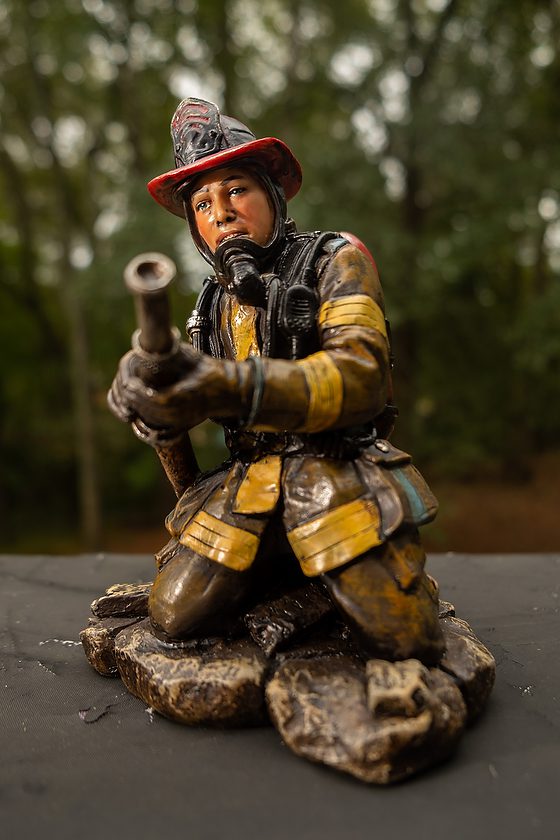
Most students have an 18-55mm lens on a cropped sensor camera. So here is me using the same lens as they have on a similar cropped sensor. I am showing you how to shoot from wide to close as you back out. The other thing I want them to do is to walk around the subject and shoot them from different angles.
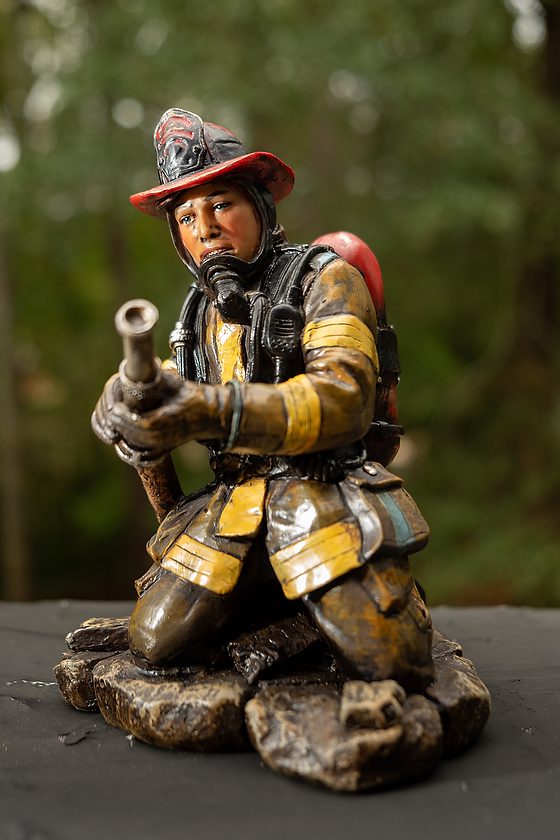
Now, this is the moving around the subject. I am looking for an exciting and captivating image.
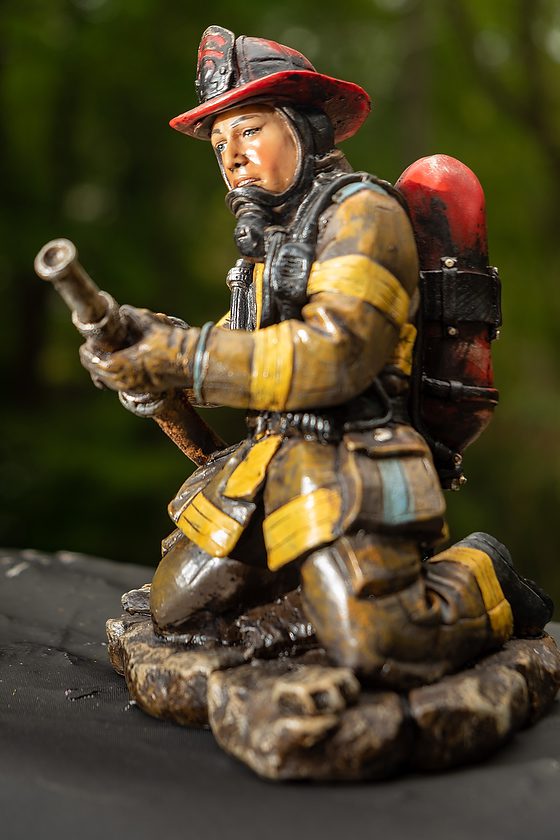
Now when shooting from the back, I try my best to show their face still. Sometimes it might work without their face.
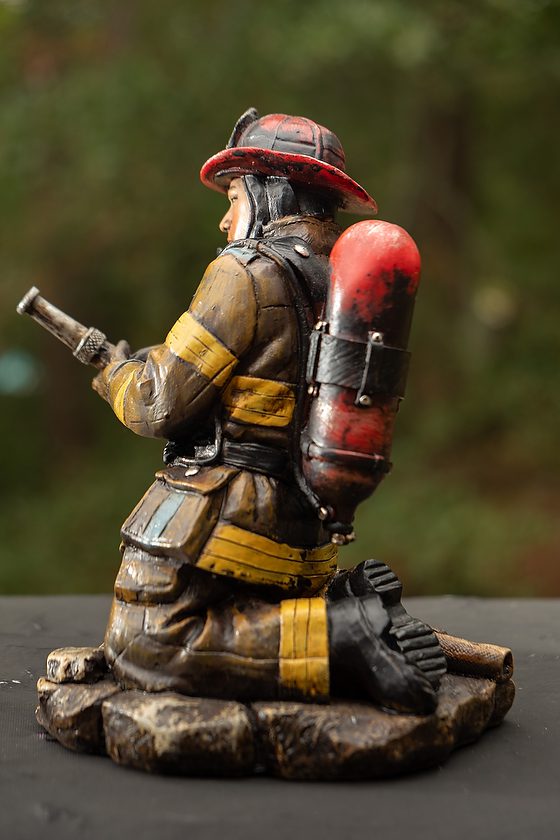
Now go to the other side and see what that looks like.
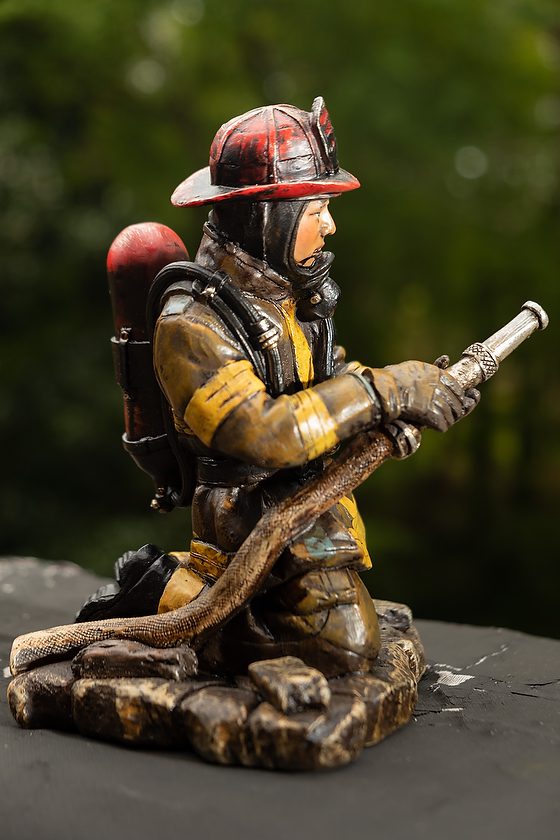
Now zoom in and get a tighter shot.
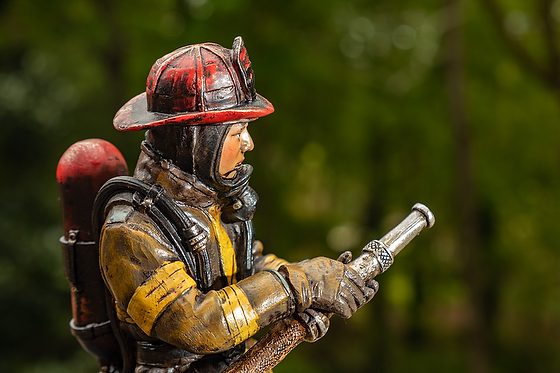
Move again and shoot more images.
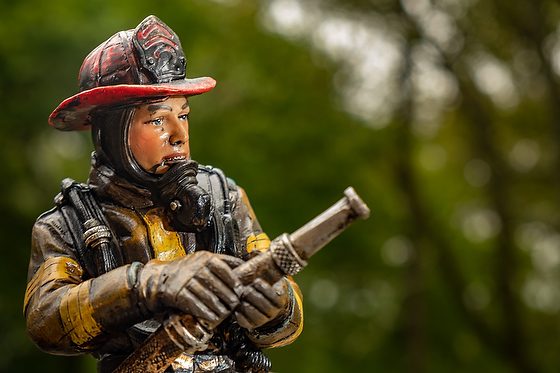
When shooting an event, I do this exercise over and over and over again. I want to have at least 10 to 30 images, of which I will pick only one of them for the photo story package.
“Spray and Pray” is a common phrase associated with the practice of shooting rapid fire, as many images as possible, and then hoping and praying that you’ve got something good. That approach rarely works. Notice in these examples I am moving and taking a couple of frames.
There are a couple of times where a motor drive can help. In those cases, such as photographing things like sports, doing panning shots, or anything with action like birds or wildlife – shooting in burst mode, and taking multiple frames at a time, will likely help you get some good images.
I have found that trying to get your first photo to be the one you want is much better than just starting to fire randomly and then picking an image later.
I suggest slowing down and taking fewer photos than the “Spray and Pray” mode. I am always looking.
When you are starting, it is better to overshoot. It would help if you pushed yourself early and became more aware of what will and will not work. You will find yourself walking around the subject, exploring and picking moments and compositions.

